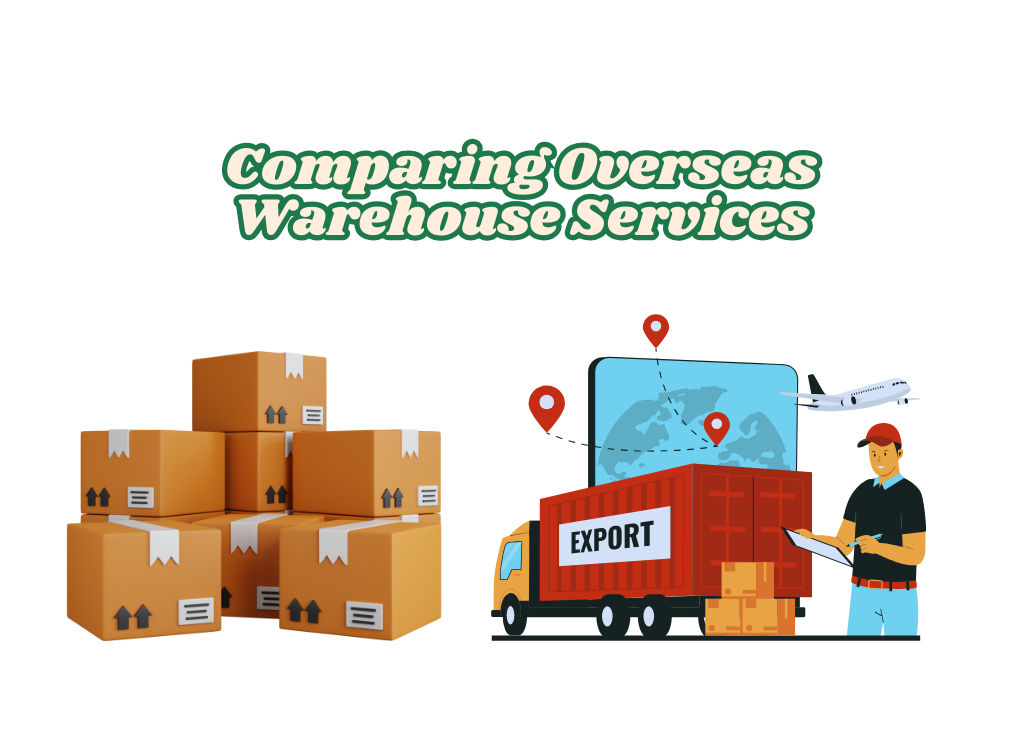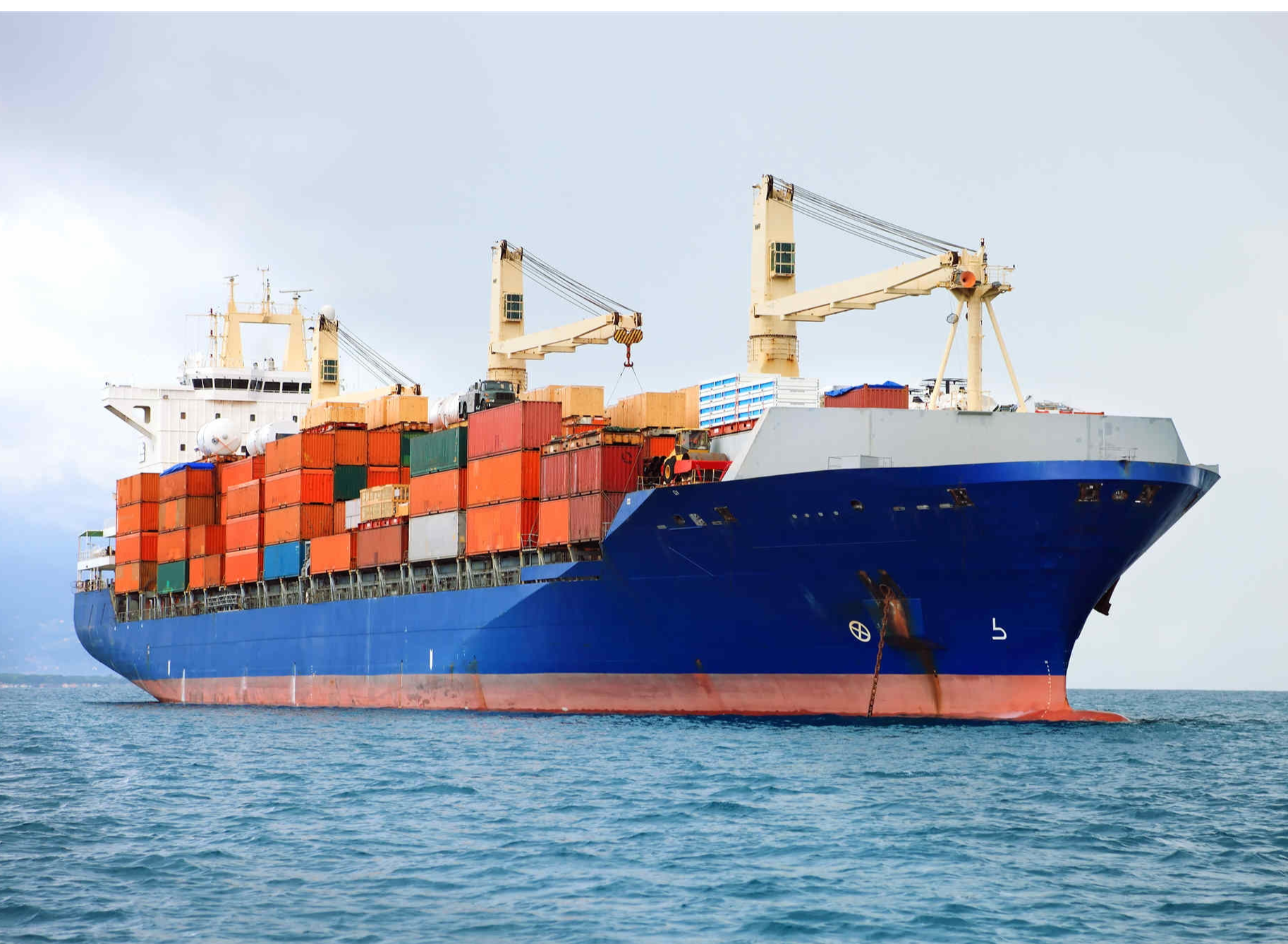FBA LCL Quote
FBA 40HQ FCL Quote
Shipping oversized items to Amazon FBA isn’t as straightforward as just packing your goods and sending them off.
Whether you’re handling your own shipments or working with a China freight forwarder, there are rules and regulations you absolutely need to follow to avoid costly mistakes.
Imagine this: You ship a 120-pound couch without the right labels or packaging, and it gets rejected at the FBA warehouse.
Or, even worse, you end up paying hefty fees for non-compliance. This isn’t just a hassle – it’s a drain on your profits.
That’s why it’s crucial to know the ins and outs of oversized shipping before you even pack your boxes. Let’s dive into the essential tips for making sure your oversized items make it to Amazon’s FBA warehouse without any issues.
Understand Amazon’s Size and Weight Rules
Amazon loves rules, and oversized items have their own playbook. Mess this up, and your shipment could get rejected, cost more, or take forever to check in. Here’s what you need to know:
Size Limits
Standard-sized boxes: Any side can’t exceed 64 centimeters.
Oversized items: Must ship in individual boxes – no bundling multiple oversized products together.
Packaging after assembly: If your item is already pushing size limits, make sure the packaging doesn’t tip it over Amazon’s maximum size requirements.
Weight Regulations
Items over 100 lbs (45 kg): Add a “Mech Lift” label so everyone knows a machine is required.
Items 50–100 lbs (22.5–45 kg): Use a “Team Lift” label to indicate team handling.
Jewelry and watches: Keep the box weight under 40 lbs (18 kg). Yeah, they’re picky like that.
Nail the Packaging – No Room for Errors
Packaging isn’t just about looking professional – it’s about surviving the journey.
Here’s How to Pack Like a Pro:
Use six-sided hard boxes – no floppy cardboard that crumbles under pressure.
Clear old labels before slapping on new ones. Trust me, mixed-up barcodes are a nightmare.
Add Amazon-specific labels on every box – these are non-negotiable.
For bulk shipments? Label both the outer big box and every inner box.
Bonus Tip:
Fill empty spaces with high-quality padding to prevent internal movement. Shipping is like bumper cars – your items will take a hit, but good padding keeps them intact.
Pre-Label and Prep Like It’s Your Job (Because It Is)
Amazon’s system relies on labels. Without proper prep, your inventory could disappear into the void.
Individual item packaging: Use bubble wrap, foam, or whatever it takes to keep your products secure.
Right-sized boxes: Avoid oversized boxes with too much empty space – they’re more prone to damage.
Unique labels: Every item and box needs its own unique label to avoid mix-ups.
If You’re Using Pallets, Do It Right
Pallets aren’t just for giant warehouses. They’re your best friend for heavy-duty shipping. But Amazon’s picky about this too:
Pre-schedule your pallet delivery. Show up unannounced? That’s a quick way to get turned away.
Make sure your pallets meet Amazon’s size and material standards.
Label both pallets and individual boxes.
Cost Control – Don’t Bleed Money
Shipping oversized items is already pricey, but you can still control your costs. Here’s how:
Dimensional weight pricing: Carriers charge by size AND weight. Pack efficiently to avoid paying for wasted space.
Use freight forwarders that specialize in FBA to save on international shipments.
Try using Amazon’s partnered carrier programs for bulk discounts.
Avoid Rookie Mistakes
Don’t learn the hard way. Here are the most common mistakes sellers make – and how to avoid them:
Ignoring weight and size rules: Even 1 cm over the limit could trigger extra fees or rejection.
Old labels: Forgetting to clear them leads to massive delays.
Insecure packaging: Fragile items WILL get damaged if not properly packed.
Always Follow Amazon’s Rules – No Shortcuts
Amazon doesn’t mess around. If you cut corners, expect rejected inventory, hefty fees, or worse – your account suspended.
Follow their rules for:
Safety requirements
Labeling and prep
Specific product restrictions
Let’s Make This Real
Imagine this: You ship a 120 lb couch to Amazon without a “Mech Lift” label. It arrives damaged, gets flagged as unsafe, and you’re charged return fees. Ouch, right?
Now imagine you followed the rules. Same couch arrives intact, Amazon stocks it seamlessly, and you start making money. The choice is obvious.
FAQs
Can I bundle multiple oversized items in one box?
Nope. Amazon requires oversized items to ship individually.
What’s the most cost-effective way to ship oversized items?
Use freight forwarders or Amazon’s partnered carrier programs. These can save you money, especially for international shipments.
What happens if my shipment doesn’t meet Amazon’s requirements?
Your items could be rejected, returned, or even destroyed – and you’ll foot the bill.
Final Words
Shipping oversized items to Amazon FBA isn’t rocket science, but it does take some effort.
Get the size and weight right. Nail the packaging. Follow Amazon’s rules like your business depends on it – because it does.
Start small, test your process, and keep optimizing.
Shipping smarter means happier customers, smoother operations, and more money in your pocket.
And who doesn’t want that?



